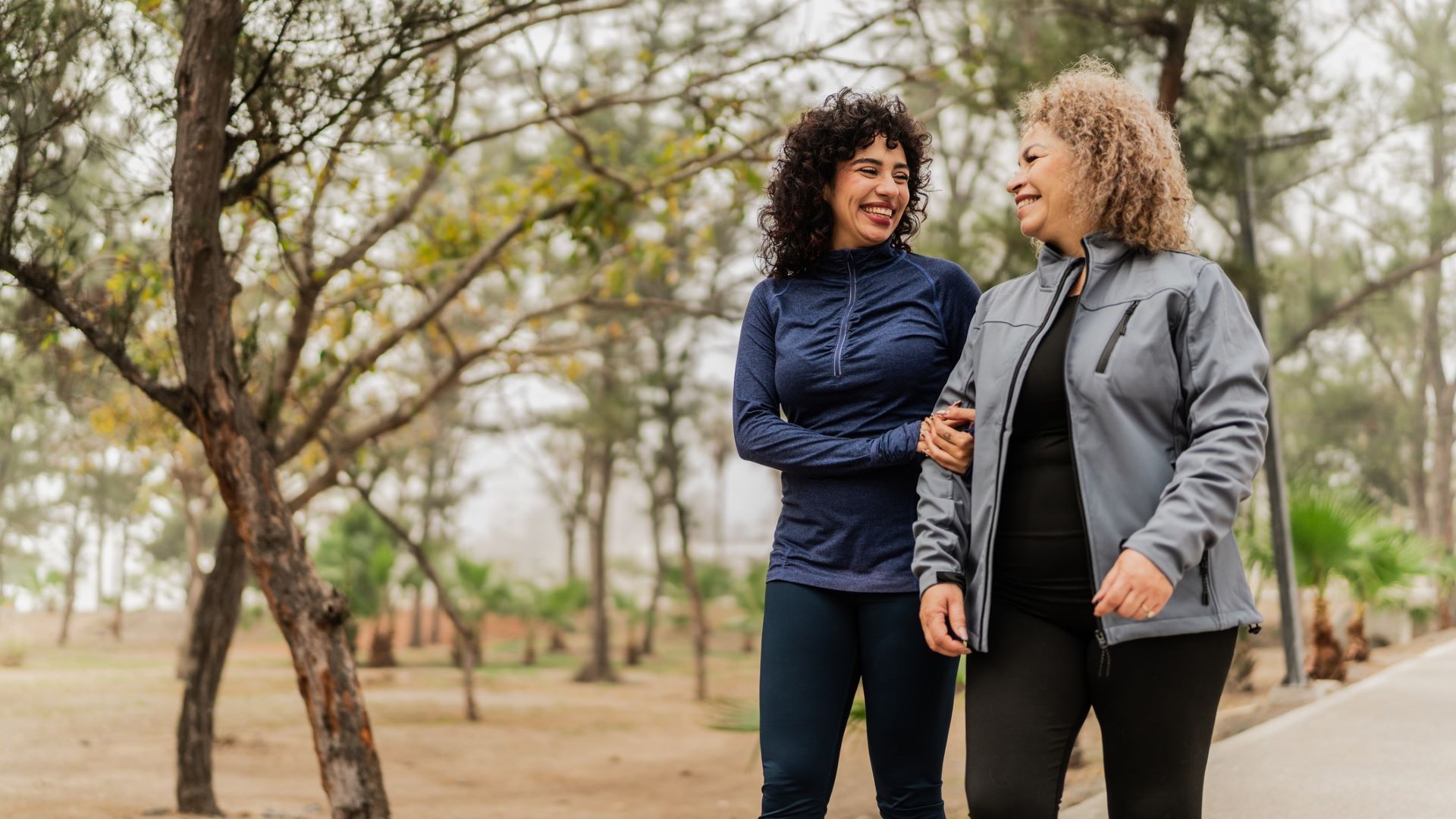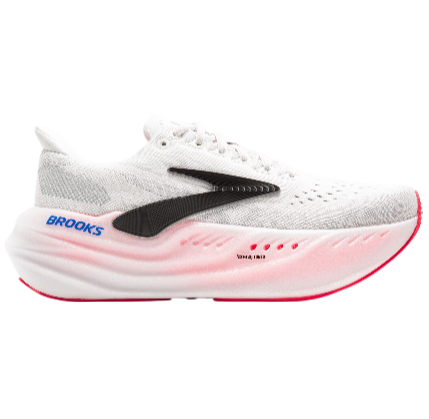
I love to set myself challenges. In the past, I've set out to find out what happens when you eat garlic every day, or use an ab roller every day for a month. My lifestyle, very active in summer, had become decidedly sedentary over the holidays. As 2025 rolled around, I decided to boost my daily step count, which had settled at 5,000, back up to the well-known 10,000 steps goal.
I decided that trying to double my daily step count in a week was probably a bit ambitious, so I asked Milica McDowell, a doctor of physical therapy, exercise physiologist, and VP of operations for Gait Happens, how to best go from 5,000 to 8,000 in a week. With great concern, McDowell told me that under no circumstances should I do that and that such a jump would put my body under undue stress.
“You don't want to overload the orthopedic musculoskeletal tissues,” says McDowell. “If you were to jump from 5,000 to 8,000, you would be probably very sore. Your Achilles tendon, hip flexors, IT band, lower back, plantar fascia—it would be pretty easy to flare up those tissues by taking such a large jump.”
If your body is not used to that level of activity, McDowell told me that you are also likely to experience neurological fatigue. “You would probably get into a sense of feeling like you're about to get a cold or start to be sick," says McDowell. "You would be really taxing that neuromuscular system too.”
McDowell explained that this happened because the brain controls the musculoskeletal system, even though we think of them as separate entities, and that that system can get taxed as well. “You may have experienced it when hopping time zones and just feeling a little bit off,” says McDowell. “That can lead to overuse of your tissues or burnout and it can derail the whole process before it even gets started. A jump of 5,000 to 8,000 adds more than 50% of the initial baseline amount—which would be 2,500 steps—in too short a space of time. That would be much too aggressive.”
So, my jump from 5,000 steps to 8,000 wasn’t just optimistic, I was setting myself up for injury and failure. So how should I go about it?
How do you increase your step count safely?
“For a deconditioned person we would add 5% more per week, 250 steps per week on the lower end,” says McDowell. Considering that my lack of movement had stretched into its third month, I put myself into that category.
“If you're a well-conditioned person we would only add 10% more per week, so in this case, up to 500 steps per week. So if you’re walking 5,000 steps a day, and adding 500 a week would take six weeks to get to 8,000 daily steps.”
While this might seem like a long time, by letting your body acclimatize slowly to the extra demand, you reduce your risk of overexhaustion and injury. “Especially if you walk recreationally, for the health benefits like weight loss, improved mental health, improved sleep or even for the social element, there's no reason to take those big jumps because the risks outweigh the benefits,” says McDowell.
Can I just go for a long walk sometimes?
One question that struck me during my chat with McDowell was whether it’s OK to sometimes climb a big hill and go totally overboard with your step count.
“We would call that an over distance, or if you were going to go out and do something faster, we would call it over-speed training,” says McDowell. “You’re not going to have any health harm or any negative effects. You might be a little more tired and a little more sore.”
So a one-off is fine. The problem lies in a consistently large jump, like taking your body from 5,000 daily steps to 8,000 daily steps in the space of a week.
Shop walking shoes
If you've been inspired to increase your step count, perhaps you need new footwear. Not sure what to buy? My guide to the best walking shoes can help. Here are three of my favorites in brief.

This is our favorite walking shoes, offering tons of soft cushioning and a good amount of energy return.

This comfortable shoe is often less than half the price of its rivals.

The grippy undersole makes these shoes great for both slippery concrete and trail walks.







